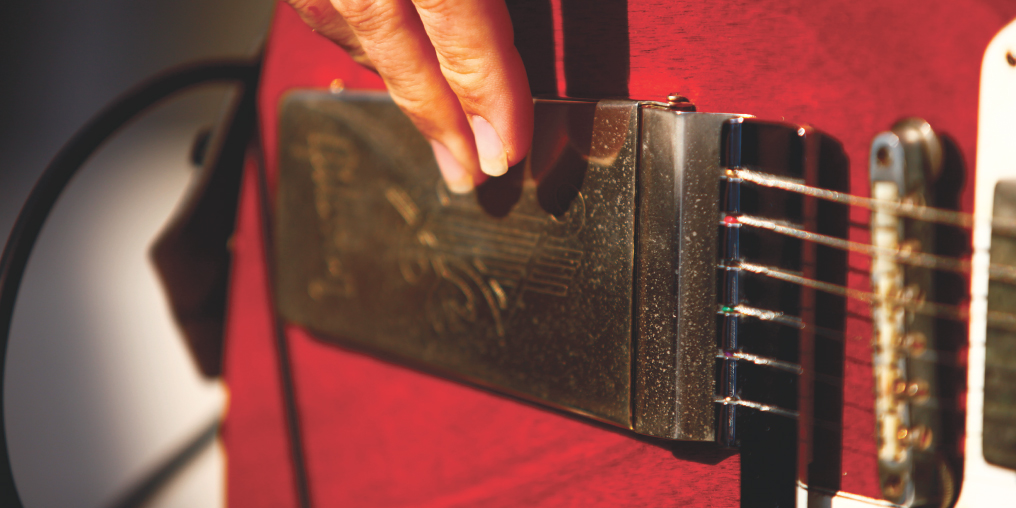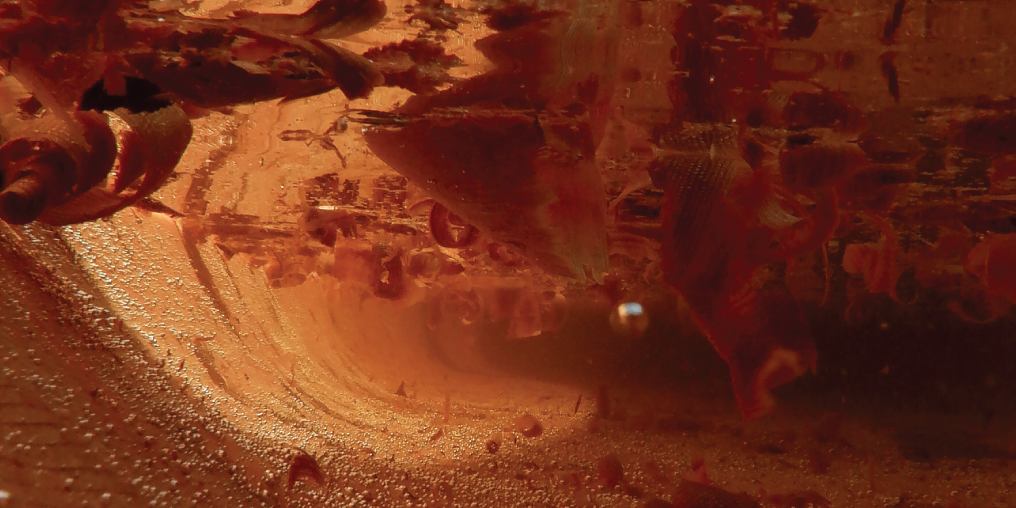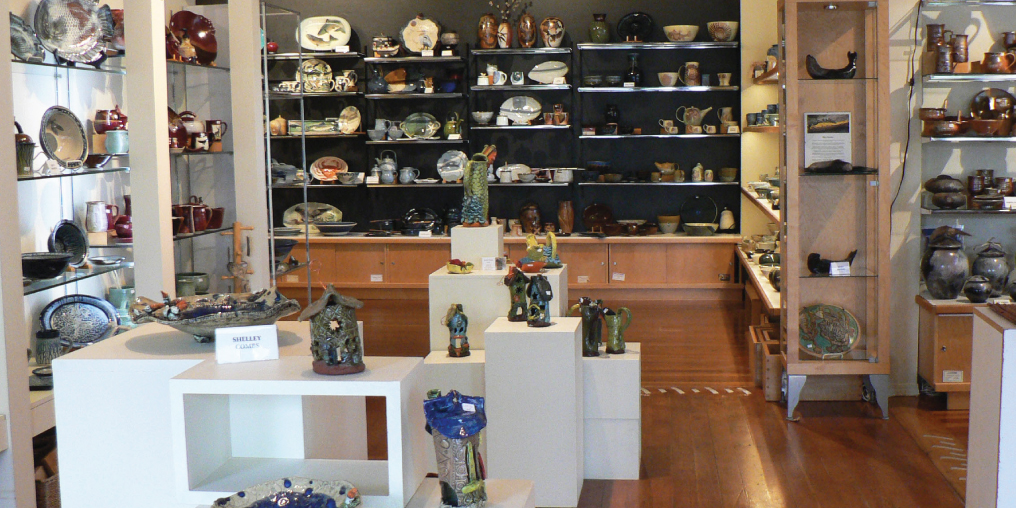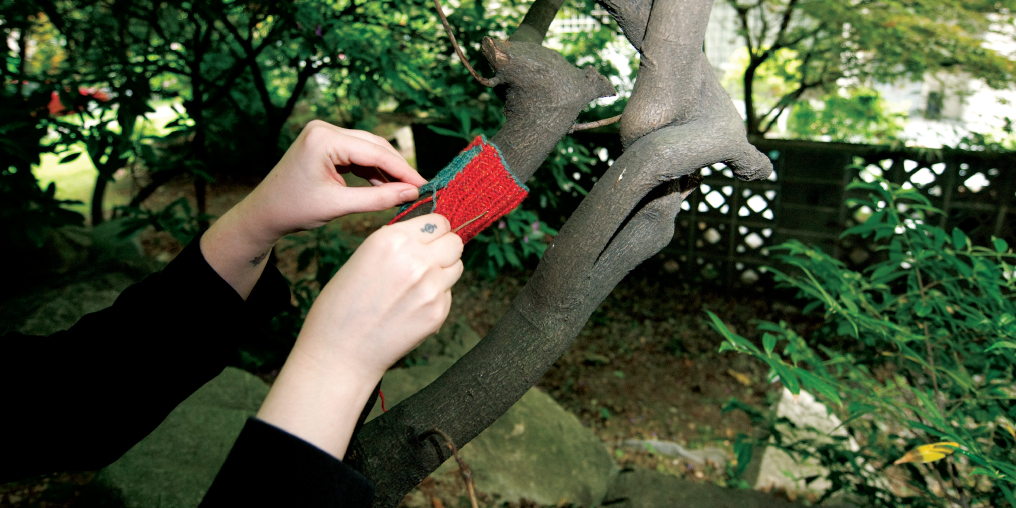I was raised by an artist. She painted signs, designed graphics, papier mâché’d masks, and rearranged and repainted our living room countless times. Her art hung on nearly every wall, and a rainbow of paint was forever under her fingernails. My stepdad was a jazz loving clarinet player who moved in with almost nothing but his mammoth collection of tapes and records, and folders full of sheet music.
Hydro bills were often paint spattered before they were paid, and I could list the merits of different brands of woodwind reeds from memory.
Growing up in the thick of creative life was, by turns, glorious and chaotic, but there was always a lot of dialogue. Art and music were an essential part of how my family communicated with one another, and in understanding the world around us. We were taught that art in any form has the power to move, to heal, and to transform.
Whether an intimate house concert or sprawling festival, music has always been a balm when we are ragged. Visual art provides a focal point for conversation and a means of expression free from words—both incredibly therapeutic.
With a desire to understand the difference between therapeutic and therapy, I was thrilled to get acquainted with Music Therapist Nicole Burgess and Art Therapist Jen Burt to gain insight into how they use creativity for healing, and what led them to their work.
Raised by artists herself, Nicole Burgess studied music composition at the University of Victoria, and a fortuitous accident of grabbing the wrong book at the library led her to music therapy. She went on to pursue a second degree in music therapy at Vancouver Island University, and has been living and working in the Comox Valley ever since.
Nicole’s work is varied, and her clients range from children to seniors, individuals on the autism spectrum, individuals suffering from Alzheimer’s and dementia, to patients in palliative care. Musical instruments are used to work on grip and reflexes, and singing helps with speech, memory, and attention span.
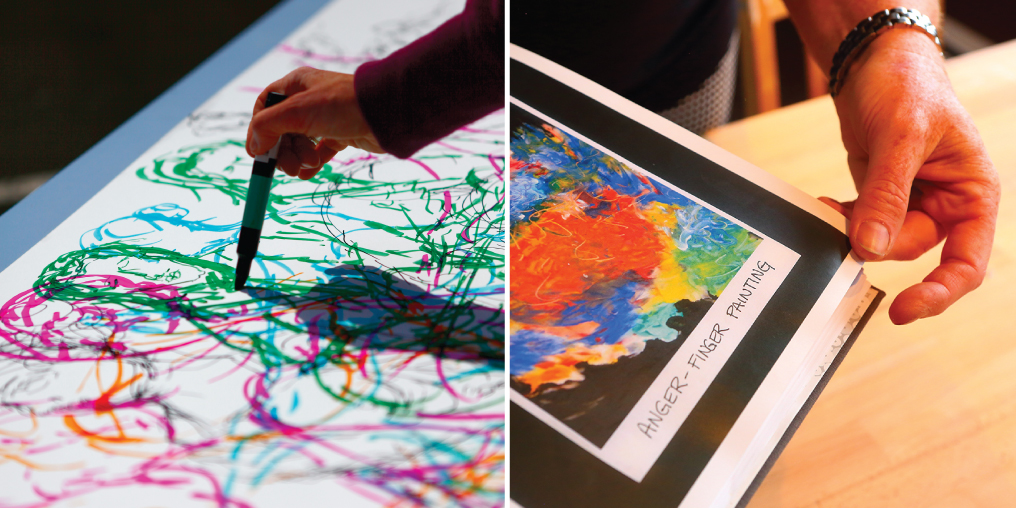
Of particular interest, much of Nicole’s time is spent in long term care where she works with patients suffering from Alzheimer’s and dementia. Music is a great comfort that taps into people’s core memories. When other memories evade them, people remember song lyrics. Music provides connection within a disease that can be incredibly isolating. Nicole shared a story of a woman in care who, as far as she knew, never spoke. One afternoon Nicole was singing Tennessee Waltz, and just as she sang the line “she stole my sweetheart from me,” the woman responded with “that dirty rat” in a voice gravelly with disuse.
Music has the power to open, to ease transitions, ease discomfort, and create deeper connection. Nicole’s training and passion allow her to harness some of that power.
Jen Burt’s office in Tin Town is welcoming and bright, with cheerful blue paint on the walls and a wooden table tucked in an alcove with stacks of coloured paper, markers, pastels, and other supplies. While we chat about art as therapy she shows me photos of pieces that have come out of different client sessions. They’re powerful and unique in the issues being worked through during their creation. The art is used to create a visual communication—a new language to explore an experience.
A registered social worker, with a master’s degree in counselling and a post master’s in art therapy, Jen spent many years working on First Nations’ reserves, and in hospitals and transition houses. She also sees clients privately, often working with foster families and children who have experienced trauma.
Art therapy can be used to bring about a deeper understanding of issues and patterns, build self-esteem, and provide a space to explore problems without being re-traumatized in the process.
A great example of therapeutic art is the current flood of adult colouring books. Touting benefits of Zen relaxation and stress relief, they allow for creativity without censorship, and are filled with positive images.
The world of art and music as therapy is fascinating and multilayered. I’m grateful to both professionals for shining a light on their important work. I’ve barely scratched the surface here, but I’m curious and inspired.





